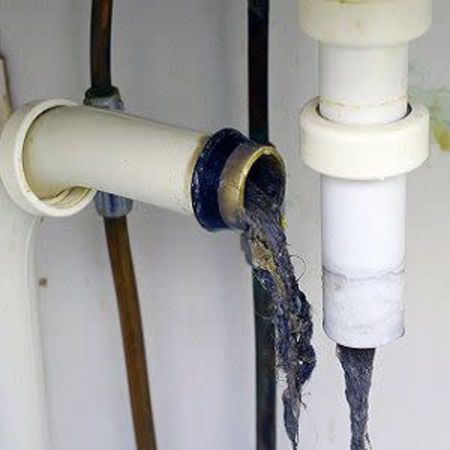Carbapenemase Producing Enterobacteriaceae (CPE) are bacteria or "bugs", and CPE outbreaks are mostly attributed to patient-to-patient transmission via healthcare workers. During a nationwide outbreak of healthcare-associated infections of antibiotic-resistant bacteria, an Israeli hospital traced repeated infections of patients in its intensive care unit (ICU) to an unexpected source – sink traps, according to a study published in the journal Infection Control & Hospital Epidemiology.
Researchers said 32 cases of OXA-48 CPE were detected between January 2016 and May 2017 – all cases, except the first two, were traced to the same bacteria. Most cases were initially detected through routine screening, 11 developed clinical infections, and three deaths were directly attributed to these infections.
The hospital's infection control team, working closely with the ICU staff, was able to systematically trace the source of CPE contamination to 22 sinks in the 16-bed ICU. Following the discovery, frequent decontamination of the sinks using different techniques only temporarily eliminated bacteria. However, decontamination combined with the adoption of sink contamination prevention guidelines eliminated new infections.
"Understanding the source of these resistant bacteria and how they were being spread was essential to effectively intervening and preventing the further spread," said study lead author Gili Regev-Yochay, MD, Director of the Infection Prevention & Control Unit at Sheba Medical Center at Tel HaShomer in Israel. "While we were unable to prevent the sink traps from being colonised, by changing our behaviour associated with the sinks we have prevented the spread of these infections."
Effective guidelines used by Dr. Regev-Yochay and co-authors included limited use of sinks in patient rooms, only using sinks for hand washing when necessary, a ban on clinical waste disposal in sinks, and avoiding storage of materials near the sinks.
According to the authors, CPE is usually spread from one patient to another through contact with staff or objects moved from room to room. But increasingly, hospital water has been recognised as a source of carbapenem-resistant organisms. This is because running water from a sink can create an aerosol contamination of bacteria that can spread at least a metre from the sink during handwashing, the authors explain.
Initial sink decontamination efforts included routine cleaning with bleach and later with acetic-acid, but weekly sampling showed that these efforts were effective for only a short time. In one room with a contaminated sink, a self-disinfecting sink trap was installed, but the trap was removed after a patient in a neighbouring room acquired an infection from the same bacteria that was detected again in the new trap.
Source: Society for Healthcare Epidemiology of America
Image Credit: iStock
References:
Regev-Yochay G et al. (2018) Sink traps as the source of transmission of OXA-48–producing Serratia marcescens in an intensive care unit. Infection Control & Hospital Epidemiology; Published online: 04 October 2018. https://doi.org/10.1017/ice.2018.235
Latest Articles
ICU, Sink traps, antibiotic-resistant bacteria
Carbapenemase Producing Enterobacteriaceae (CPE) are bacteria or "bugs", and CPE outbreaks are mostly attributed to patient-to-patient transmission via healthcare workers. During a nationwide outbreak of healthcare-associated infections of antibiotic-resi



























